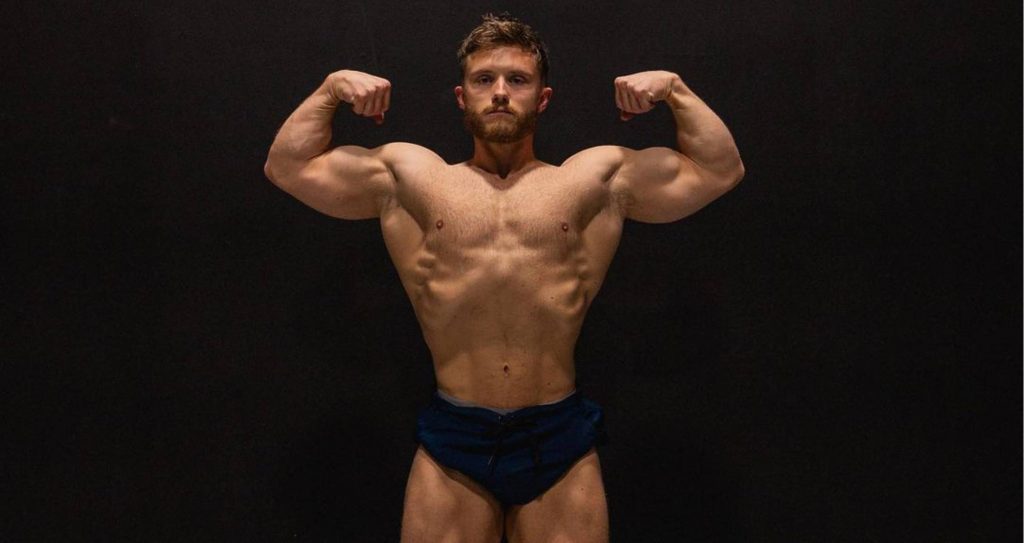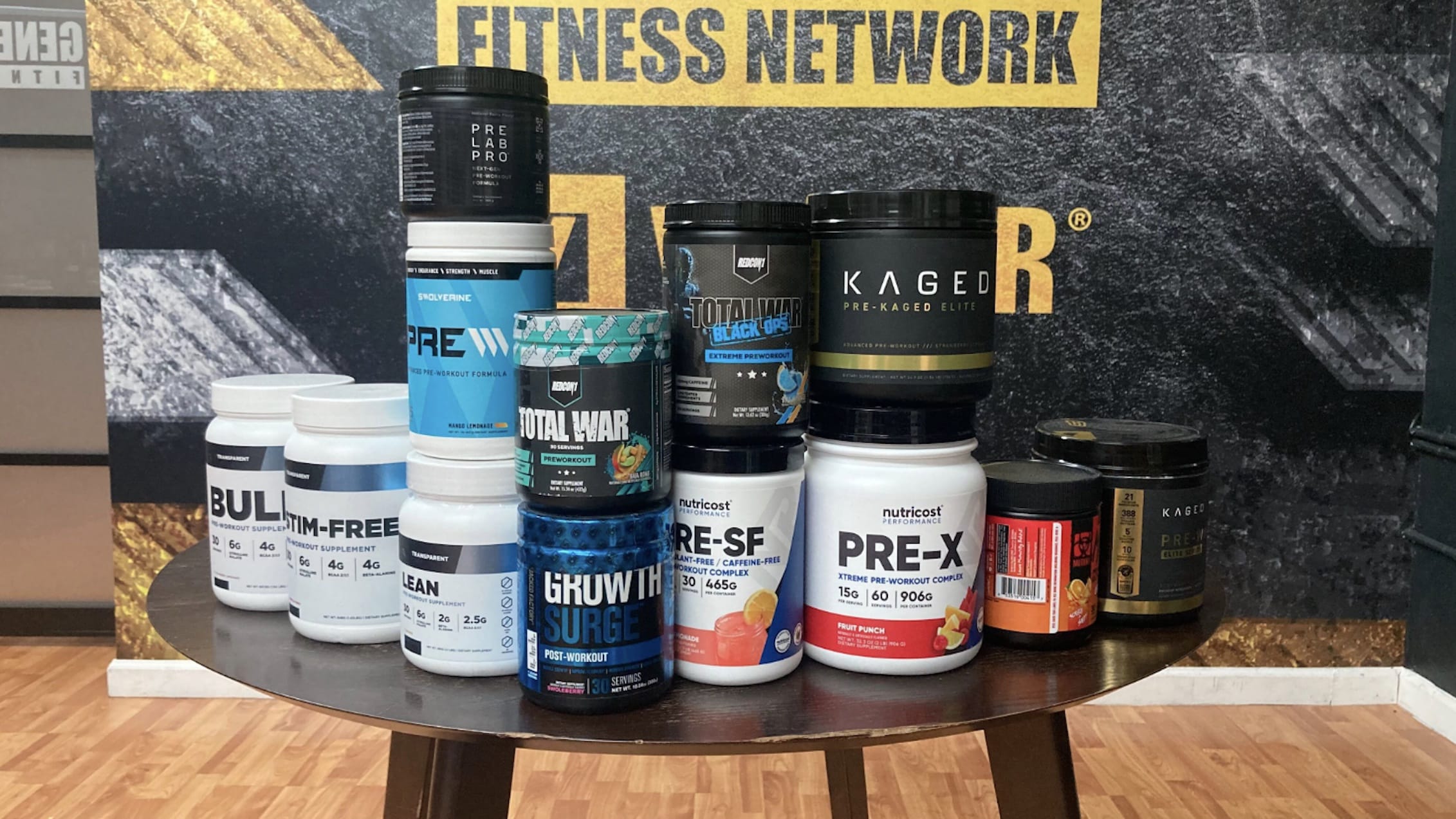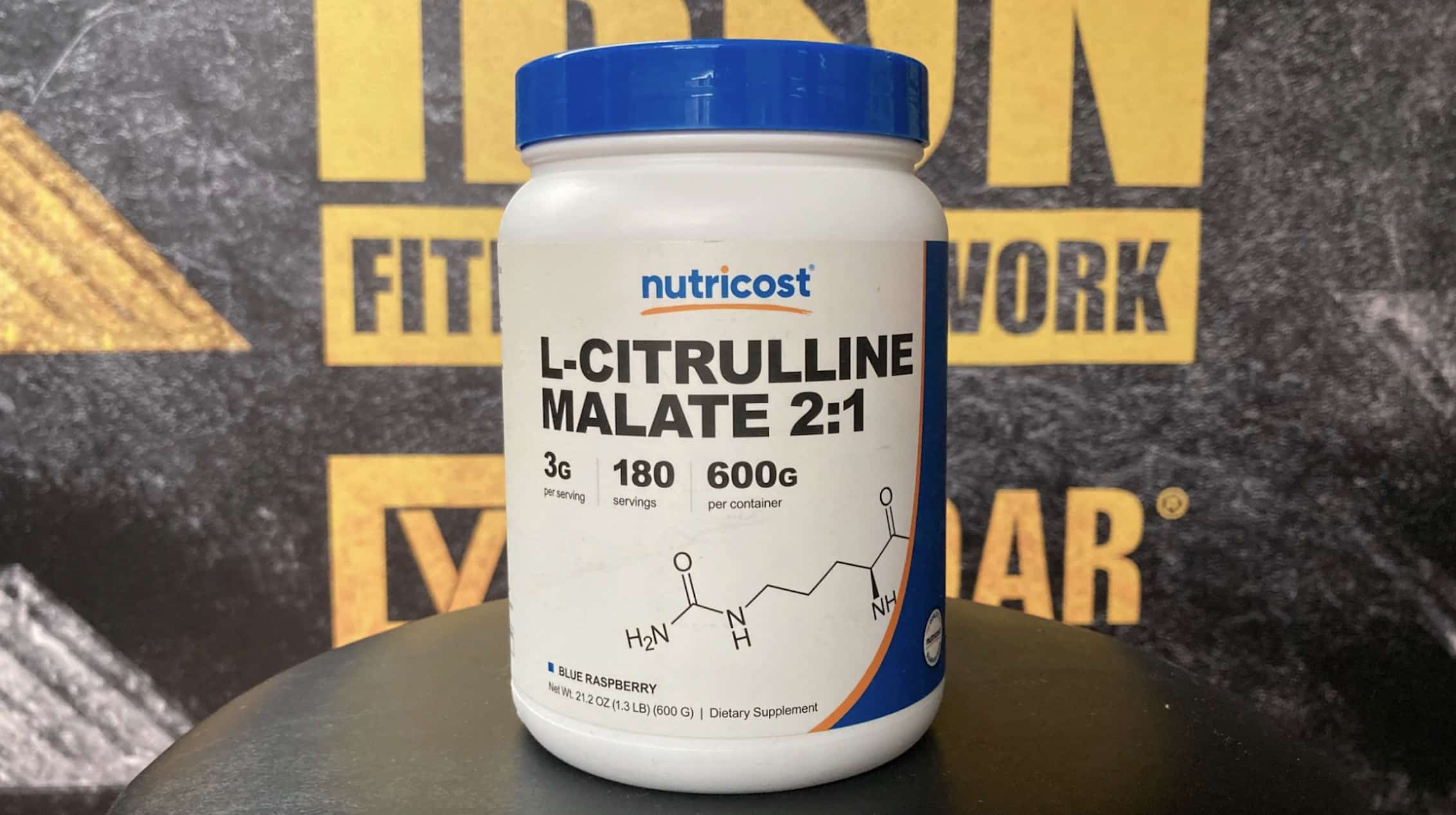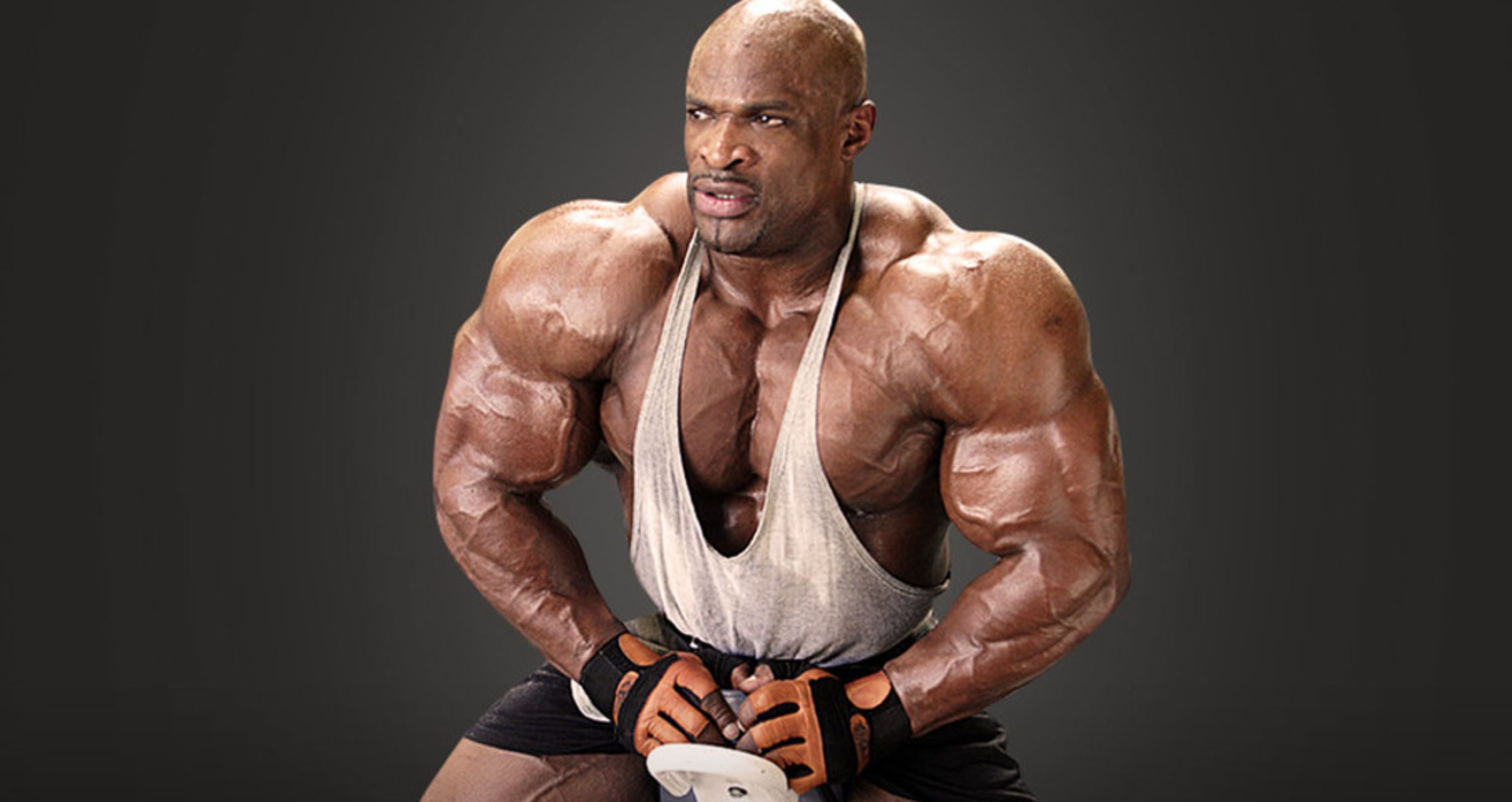Are you training with the right intensity?
Renowned natural powerlifter and bodybuilder, as well as online fitness coach, Jeff Nippard is back to break down a question that everyone who goes to the gym wonders; how hard should you train to build muscle? In his recent newsletter that you can subscribe to, Nippard gave his answer to the question of how hard you should be training, revealing the science behind how to effectively add muscle tissue.
Jeff Nippard’s Youtube has over 4 million subscribers, as his science-based approach to fitness and bodybuilding, rather than just ego lifting, has turned him into a fitness icon. His Youtube channel offers technique breakdowns of several different lifts, and Jeff gives his thoughts on all topics related to fitness, from building muscle mass, and nutrition, to his step-by-step instructions on how to perform the perfect compound lifts.
Now, back to the topic of today’s post, training intensity. The amount of intensity has always been a cornerstone of muscle-building, though given how often it varies, Nippard thought it was best to make a few clarifications surrounding the topic. So, how intensely do you actually need to train in order to build muscle?
Jeff Nippard’ Take on How Hard You Should Train to Effectively Build Muscle
View this post on Instagram
It is not uncommon to see influencers like Sam Sulek routinely training to failure during their workouts, and many people will follow that. But Jeff Nippard provides some insight into how hard you should train.
According to Nippard, researchers use reps in reserve (RIR) to measure the intensity of someone’s training. Now if you reach muscular failure, you are technically at a zero RIR, but only if you couldn’t perform another rep even if your life depended on it.
Nippard cites a new study that revealed that going to absolute failure versus stopping your set with one or two reps in reserve actually saw similar muscle growth.
So What is the Suggestion?
Nippard made some recommendations on intensity for lifters of all skill sets, from beginner to intermediate-to-advanced lifers:
- Beginner (less than one year of lifting): If you are newer to the gym, then leave one to three reps in the tank for the majority of your sets. At this stage in your fitness journey, technique is far more important than absolutely brutalizing the muscles, especially on those compound exercises like barbell deadlifts, presses, and squats. If you want to see what it feels like to train to failure, then use the simple machine or cable exercises toward the end of your workout.
- Intermediate to advanced (more than one year of lifting): Take the majority of your working sets to one or two reps in reserve. On low-risk exercises (more so the isolation and accessory movements), take the final set to failure.
Don’t Avoid Failure Forever
Jeff also states that those who do not go to failure will not know what 1-3 reps in reserve actually feels like. But all in all, Jeff Nippard underlines that if you leave the gym knowing that you worked hard and made steady progress toward goals, then you are heading in the right direction.
Wrap Up
Overall, the truth is that you do not need to be training to failure on every set. However, you should not avoid failure all together, but depending on your skill set, you should be getting pretty close if you want to see muscle growth.
Let us know what you think in the comments below. Also, be sure to follow Generation Iron on Facebook, Twitter, and Instagram.
